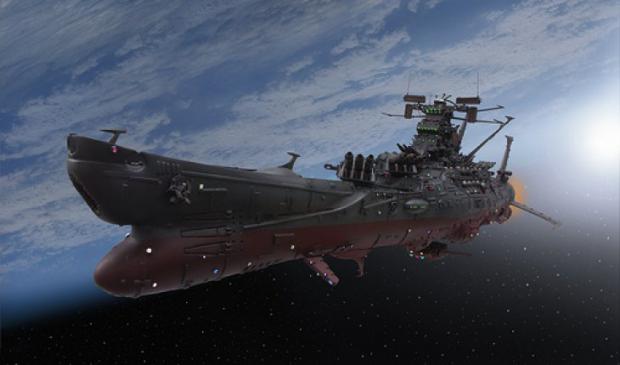
Breaking News
6.5x55 Swedish vs. 6.5 Creedmoor: The New 6.5mm Hotness
Best 7mm PRC Ammo: Hunting and Long-Distance Target Shooting
 Christmas Truce of 1914, World War I - For Sharing, For Peace
Christmas Truce of 1914, World War I - For Sharing, For Peace
Top Tech News
 EngineAI T800: Born to Disrupt! #EngineAI #robotics #newtechnology #newproduct
EngineAI T800: Born to Disrupt! #EngineAI #robotics #newtechnology #newproduct
 This Silicon Anode Breakthrough Could Mark A Turning Point For EV Batteries [Update]
This Silicon Anode Breakthrough Could Mark A Turning Point For EV Batteries [Update]
 Travel gadget promises to dry and iron your clothes – totally hands-free
Travel gadget promises to dry and iron your clothes – totally hands-free
 Perfect Aircrete, Kitchen Ingredients.
Perfect Aircrete, Kitchen Ingredients.
 Futuristic pixel-raising display lets you feel what's onscreen
Futuristic pixel-raising display lets you feel what's onscreen
 Cutting-Edge Facility Generates Pure Water and Hydrogen Fuel from Seawater for Mere Pennies
Cutting-Edge Facility Generates Pure Water and Hydrogen Fuel from Seawater for Mere Pennies
 This tiny dev board is packed with features for ambitious makers
This tiny dev board is packed with features for ambitious makers
 Scientists Discover Gel to Regrow Tooth Enamel
Scientists Discover Gel to Regrow Tooth Enamel
 Vitamin C and Dandelion Root Killing Cancer Cells -- as Former CDC Director Calls for COVID-19...
Vitamin C and Dandelion Root Killing Cancer Cells -- as Former CDC Director Calls for COVID-19...
 Galactic Brain: US firm plans space-based data centers, power grid to challenge China
Galactic Brain: US firm plans space-based data centers, power grid to challenge China
Solar powered EMdrive version of Space Battleship Yamato

After aliens attack in 2199, the Earth secretly builds a massive spaceship inside the ruins of the gigantic Japanese battleship Yamato which lies exposed at the former bottom of the ocean location where she was sunk in World War II. This becomes the "Space Battleship Yamato" for which the story is titled. The new ship gets a space warp drive, called the "wave motion engine", and a new, incredibly powerful weapon at the bow called the "Wave Motion Gun".
The actual WW2 Yamato class battleship weighed about 72,000 long tons fully loaded. It was 263 meters long and 39 meters wide. If every surface was covered with solar cells then there would be about 20,000 square meters of exposed solar cells. The solar cells on the side would be gathering power since there would be sunlight reflected from the water plus the angled light from the sun. On a sunny day there would be about 600 watts per square meter. This would generate about 12 megawatts at about high noon.
EMDrive is highly controversial. It is a potential propellantless propulsion. NASA tests of EMdrive performance seem to indicate 1.2 millinewtons per kilowatt.

 The State's Last Stand
The State's Last Stand


